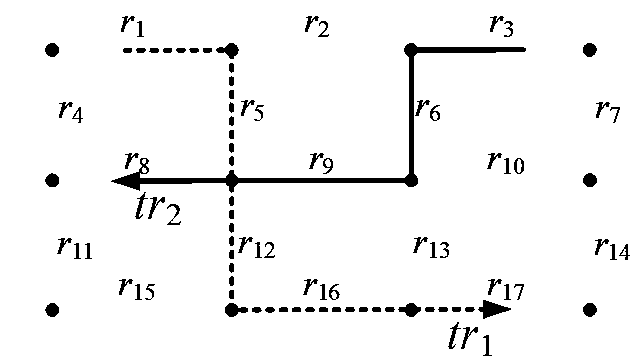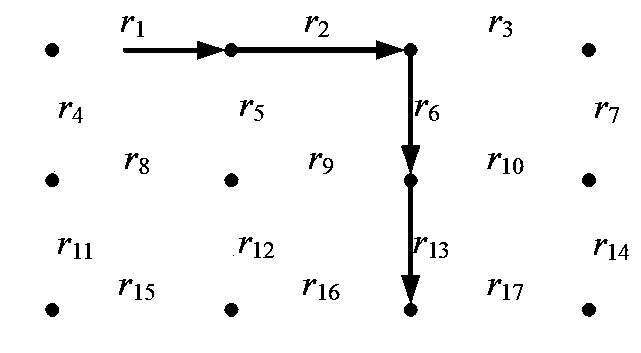Method for calculating the trajectory likelihood of recurrent neural network based on output state constraints
A technology of recurrent neural network and calculation method, applied in neural learning methods, biological neural network models, etc., can solve problems such as few model parameters, inability to get rid of Markov properties, and weak model expression ability.
- Summary
- Abstract
- Description
- Claims
- Application Information
AI Technical Summary
Problems solved by technology
Method used
Image
Examples
Embodiment Construction
[0038] The present invention will be described below in conjunction with specific examples:
[0039] 1. Training neural network model parameters based on historical trajectory data
[0040] (1) Define a single-layer simple cyclic neural network N, and the corresponding parameter is W N ={W hh ,W xh ,b}, each element is initialized from a uniform distribution of [-α,α], where α is a preset constant, such as 0.03. Then the feed-forward calculation function of the neural network is N(v i , h; W N ) = σ(W xh v i +W hhh +b), where σ() is a nonlinear activation function, which may be defined as the hyperbolic tangent function tanh().
[0041] (2) For each road r in the road network i , define the corresponding I-dimensional (such as 100) word embedding as v i , initialize each element of the word vector element from a uniform distribution of [-α,α].
[0042] (3) Construct a mask matrix M, where M[i,j] is 1 if and only if r i with r j Adjacent in the road network, otherw...
PUM
 Login to View More
Login to View More Abstract
Description
Claims
Application Information
 Login to View More
Login to View More - R&D
- Intellectual Property
- Life Sciences
- Materials
- Tech Scout
- Unparalleled Data Quality
- Higher Quality Content
- 60% Fewer Hallucinations
Browse by: Latest US Patents, China's latest patents, Technical Efficacy Thesaurus, Application Domain, Technology Topic, Popular Technical Reports.
© 2025 PatSnap. All rights reserved.Legal|Privacy policy|Modern Slavery Act Transparency Statement|Sitemap|About US| Contact US: help@patsnap.com



